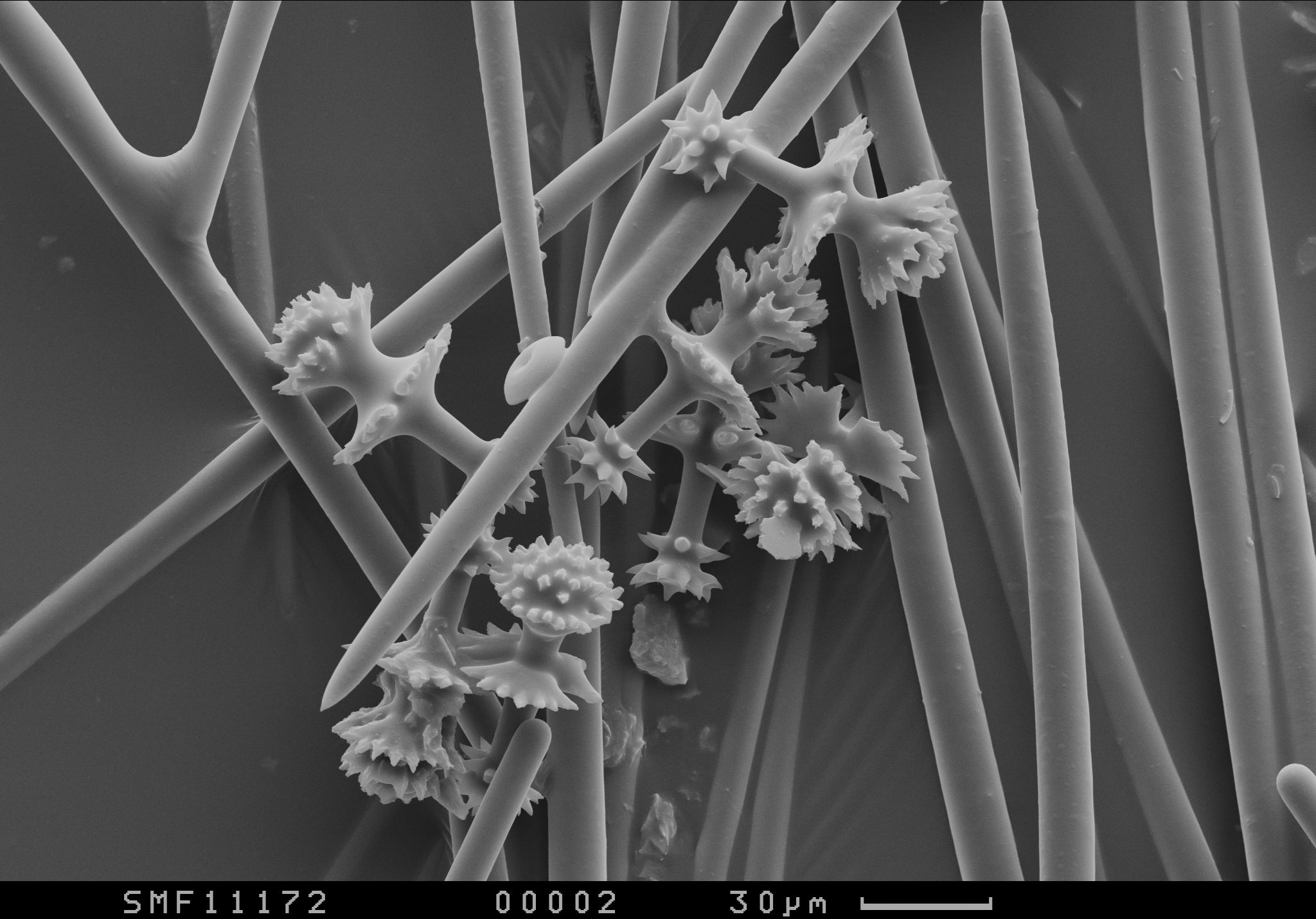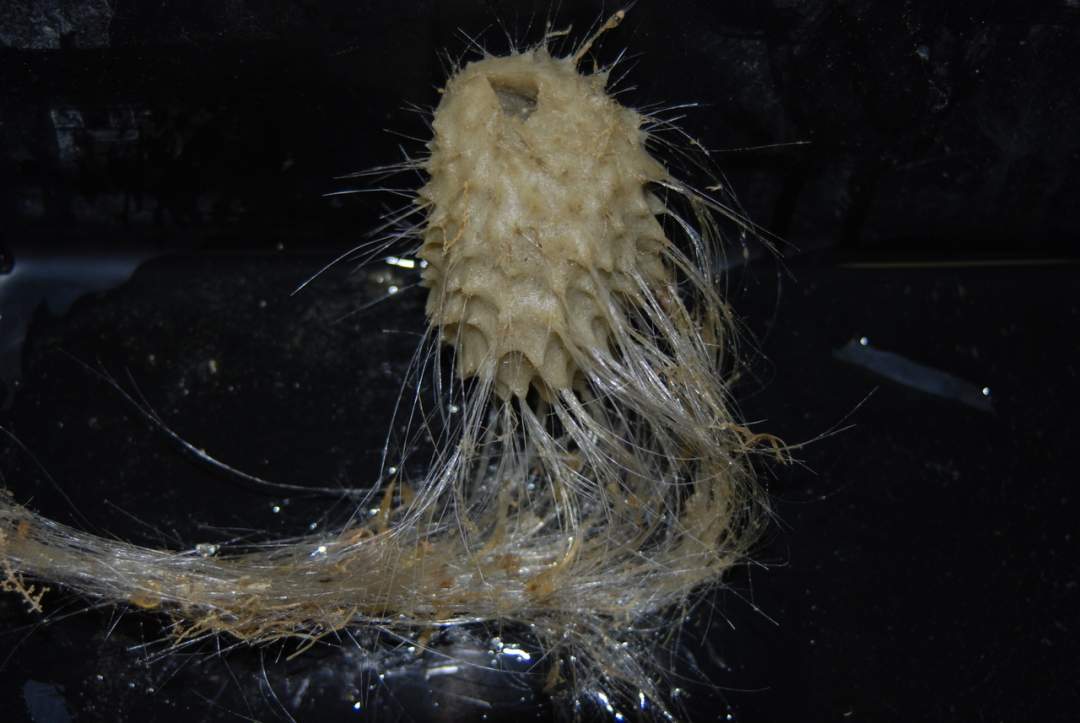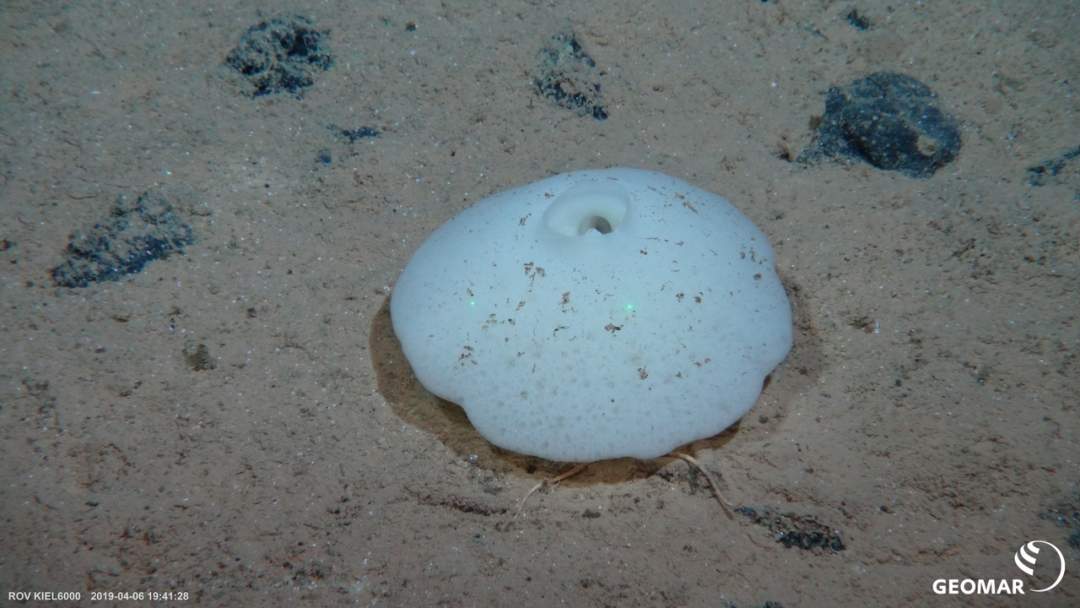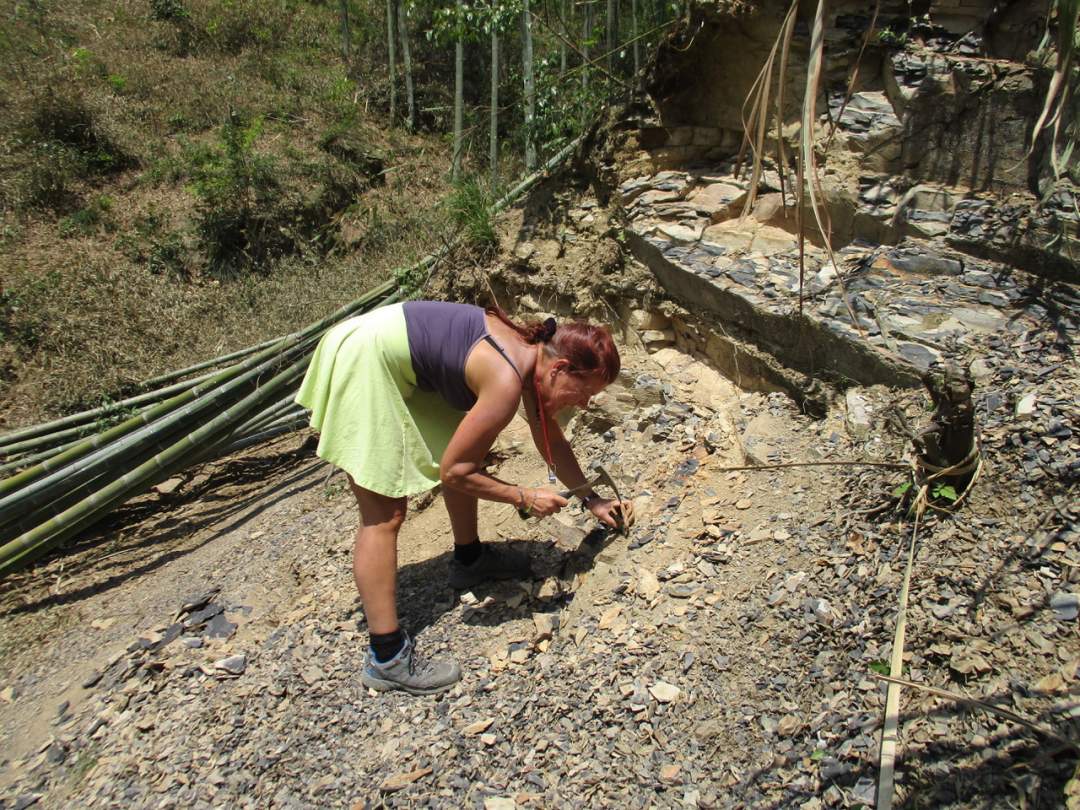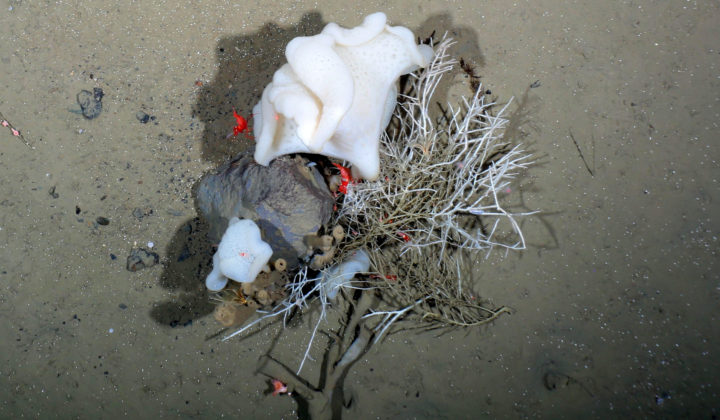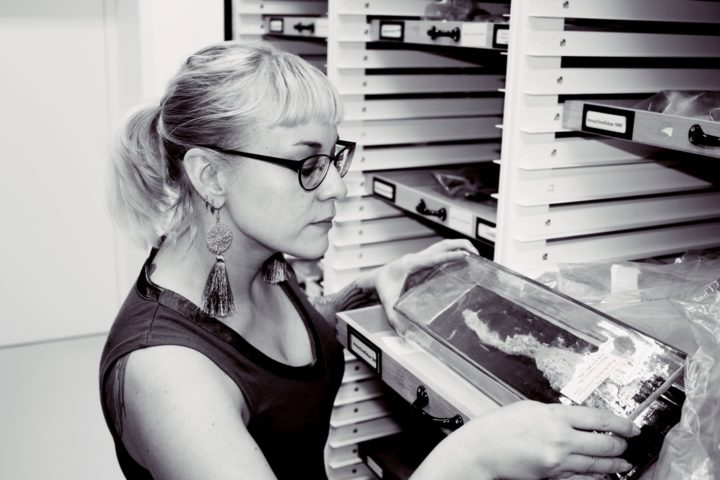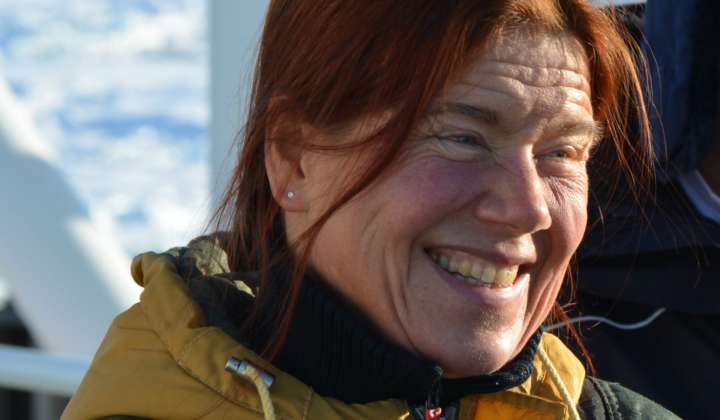Marine Invertebrates I
Research
Diversity, zoogeography, phylogeny and evolutionary ecology of the Porifera (sponges)
Sponges belong to the most abundant sessile marine animals and contribute significantly to the total biomass on the sea floor. As active suspension feeders sponges play an important role for the benthic-pelagic coupling processes within the marine food web . Furthermore, they structure the ocean floor and act as hosts for numerous other animals and microbes. Thus, the evolutionary radiation of the Porifera is a key to the diversity and distribution of marine benthic communities.
In our research we use an integrated approach of morphological and molecular techniques combined with palaeontological data to achieve a new understanding on the evolution of the Porifera and their ecological history and their numerous roles within the marine biotopes.
Sponges are known as important providers of natural products for medical and other purposes, especially Spongia officinalis, the bath sponge, is known and used in human medicine since millenniums. To defend themselves against competitors and predators sponges have developed a very efficient chemical warfare by producing bioactive substances, which are used also for human purposes. In the pharma industry (among others), bioactive compounds from key-species of sponges play an increasing role. For the identification of these key species and the knowledge of their distribution and ecology, our expertise in taxonomy and biodiversity research is needed.


